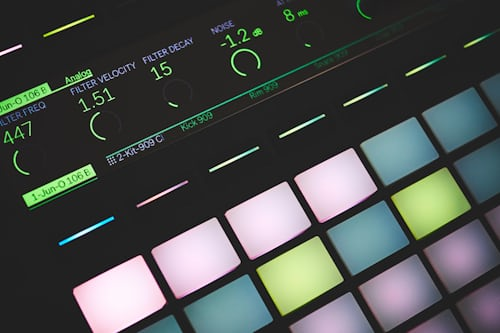
How to Choose the Right Visual Effects for Your Project
Visual effects (VFX) play a crucial role in enhancing storytelling and visual appeal across various media projects. Whether you’re creating a film, advertisement, or digital content, selecting the right VFX can significantly impact the overall quality and success of your project. Here’s a guide to help you choose the right visual effects for your next creative endeavor:
1. Understand Your Project’s Needs
Begin by clarifying the specific requirements and goals of your project. Identify the genre, tone, and narrative style you wish to achieve. Determine whether your project requires subtle enhancements, dramatic transformations, or fantastical elements that can only be achieved through VFX.
2. Define Budget and Timeline
Establish a realistic budget and timeline for incorporating visual effects into your project. VFX complexity, quality, and turnaround time can vary widely, impacting production costs and schedules. Prioritize essential VFX elements based on your project’s scope and financial resources.
3. Consult with VFX Professionals
Engage early with experienced VFX artists or studios to discuss your project’s vision and technical requirements. Collaborate closely to explore creative possibilities, review previous work samples, and gain insights into innovative VFX techniques that align with your creative goals.
4. Evaluate Technical Expertise and Tools
Assess the technical capabilities and tools available to VFX professionals. Ensure they possess expertise in specialized areas such as CGI (Computer-Generated Imagery), motion tracking, compositing, and simulations. Choose VFX artists who demonstrate proficiency with industry-standard software and hardware.
5. Match VFX to Storytelling Needs
Align visual effects with your project’s storytelling objectives and audience expectations. Determine whether practical effects, digital enhancements, or a combination of both best serve your narrative. Strive for VFX that seamlessly integrate with live-action footage, maintain visual consistency, and elevate storytelling impact.
6. Prioritize Realism and Aesthetics
Balance realism and artistic aesthetics when selecting visual effects. Consider whether photorealistic renderings, stylized animations, or abstract visuals best convey your project’s themes and emotional resonance. Aim for VFX that enhance visual appeal while preserving narrative coherence and audience engagement.
7. Ensure Compatibility and Integration
Ensure seamless integration of visual effects with other production elements, including cinematography, sound design, and editing. Collaborate with VFX artists to establish technical specifications, file formats, and delivery methods that facilitate smooth post-production workflows and final project delivery.
8. Review and Iterate
Regularly review VFX drafts, test shots, or animatics throughout the production process. Solicit feedback from key stakeholders, including directors, producers, and focus groups, to refine visual effects and address any technical or creative concerns. Embrace iterative refinement to achieve polished, impactful VFX results.
Conclusion
Choosing the right visual effects for your project requires careful planning, collaboration with skilled professionals, and a clear understanding of creative and technical considerations. By aligning VFX choices with your project’s storytelling goals, budget constraints, and audience expectations, you can enhance visual storytelling, captivate viewers, and achieve memorable cinematic experiences.








